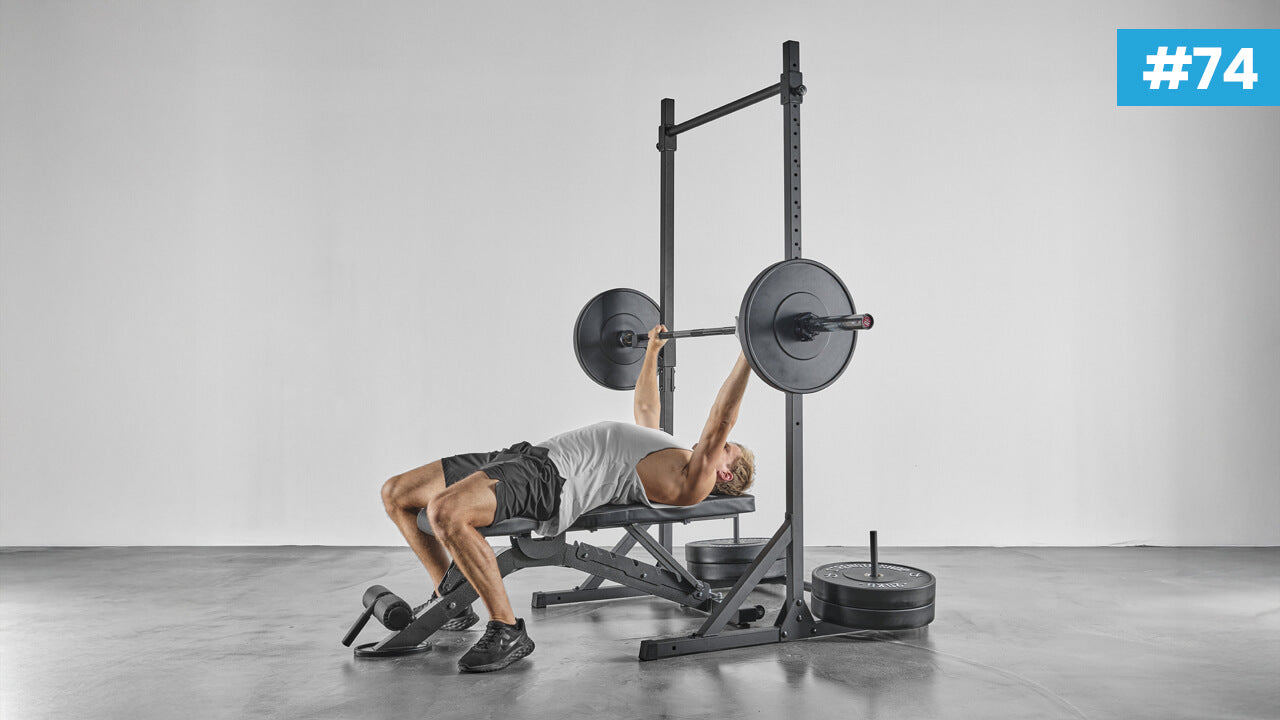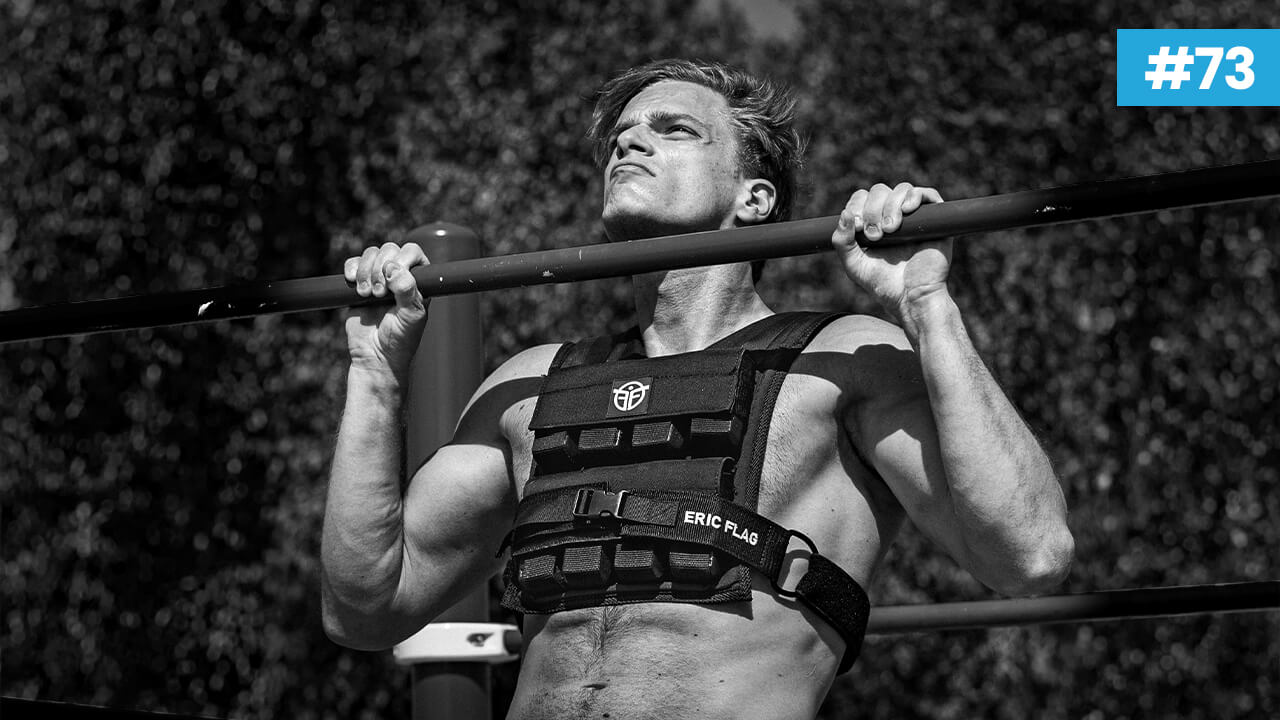How to make DIPS? Our tips!
Hi there,
If you want to know how to do dips? Perfect, you've come to the right place 💪
After writing about"Progressing very quickly with bodyweight at home", let's tackle an indispensable bodyweight and street workout exercise: dips!
This fundamental bodyweight and street workout exercise requires good strengthening. We'll take a look at the perfect execution of dips, their variations, and the mistakes to avoid if you don't want to injure yourself.
Let's go 🔥
Warm-up and preliminary exercises
Push-ups are ideal, and bench dips can also help. They're different from real dips, so don't dwell on them too much.

Equipment needed for Dips :
To start with, dip bars are ideal, but two stable pieces of furniture of the same height are also suitable.
Dips bars are perfect because they offer the necessary stability and allow full movement, helping to effectively strengthen pecs, shoulders and triceps.
What's more, the bars fit the shape of your hands perfectly.
The perfect execution of the dips
For this position, start by placing your hands facing each other with your thumbs around the bar. In the dips position, the wrists should be above the bar (neither too far out nor too far in) for optimum comfort.
Next, grow taller by pushing the shoulder blades down and slightly forward. Your pectoral muscles should point towards the ceiling.
Stretchyour arms to 99%, without hyperextension, so that the muscles support the weight and not the joints. Make sure your elbows are turned inwards.

In this position, make sure you're solid: contract your abs, buttocks and legs. If your bars aren't high enough to keep your legs straight, bend them back slightly.
Even so, your whole body must remain solid. A good technique is to squeeze your legs together to maintain a good sheathing.

You'll have to hold this position. You'll tire quickly, as contracting your whole body is demanding. To strengthen yourself, do as many sets as you need to hold for a total of 45 to 60 seconds. Ideally, aim for 30 seconds in a row.
From this position, bend your elbows and lower yourself to 90 degrees before coming back up. If your mobility permits, you can go a little lower, but it's not essential. The aim is to achieve full amplitude, not to go as low as possible.

At the bottom of each rehearsal, stop for a few seconds. quarter-second before starting again to avoid bouncing and use the force to go down and up again. The elbows should always remain along your bodywithout going off to the sides.

The rest of your body must remain contracted and move vertically downwards a single block. Don't swing in an arc, don't bend your hips on the way down, and don't use your knees to push yourself up. Inhale on the way down, exhale on the way back up, and keep your neck in a neutral position.

Little information: The position of the upper body can influence muscle recruitment. For example, the more we stand vertically , the more the triceps will have to work:

The more you tilt forward, the more pectorals will be solicited:

Finally, if we keep our body straight, but lean forward even more, it is the shoulders that will work:

Be careful not to use this as an excuse to tighten the lumbar vertebrae and the shoulder blades in the back. To be avoided in order not to hurt yourself!
Here's how to do dips, especially when our aim is to gain maximum strength and muscle mass.
Dips assisted with elastic band
The aim is to attach the elastic band to the bar to assist you as best you can, and rest your knees on it. From there, the movement remains the same as before: lower yourself to the right angle, stopping at the bottom to avoid bouncing, which is pointless.

My advice is to choose a band that allows you to do two or three sets of 5 to 10 repetitions in a row. As soon as you reach those 10 reps, relax the band so that it assists you less, or switch to a thinner band, until you don't need a band at all.

Poor execution, pain & injury
If you warm up well, progress gradually and master the active support position, you'll be ready to do dips perfectly. However, a common pain associated with dips is pain in the sternum, ribs or even clavicles.

This type of pain occurs mainly in young people between the ages of 20 and 25, as ossification of the sternum is not yet complete. Putting a lot of pressure on an even thinner sternum can create pain, especially if done too often or with too heavy weights.
If you feel this kind of pain, slow down. Replace dips with other exercises that don't hurt, and wait until you've finished growing. You'll feel much better after that!
To go further
Once you can do 8 to 10 dips in a row, complicate the exercise by varying the support. Do them on a straight bar to make the movement more difficult and prepare the muscle-up.

Make your dips more explosive on parallel bars, try Russian dips for more power and momentum, or Korean dips with a straight bar in the back for an extra challenge.
Do dips on gym rings for more variation. Rings allow you to rotate your hands and vary the width, but require more stabilization. Start by mastering the active support position on rings, similar to that on bars.

Weighted dips: the ultimate exercise to gain muscle and strength

For weighting, you can use a weighted vest or even a weight belt. They'll help you progress quickly and boost your performance 🔥

In my opinion, weighted dips are among the best exercises for gaining raw strength and muscle mass in the upper body. They'll help you enormously in mastering more advanced Street Workout figures.
I hope you enjoyed this article! Don't hesitate to comment if you did.
See you soon 😃
Eric Flag





Leave a comment
This site is protected by hCaptcha, and hCaptcha's Privacy Policy and Terms of Service apply.